TimmyD11
TPF Noob!
- Joined
- Jul 2, 2017
- Messages
- 158
- Reaction score
- 10
- Can others edit my Photos
- Photos NOT OK to edit
Well I have a lot to absorb and process here.
I have a few point and shoot cameras but I am researching cameras now to purchase a good one, a DSLR probably but perhaps a mirrorless camera. I am trying to figure out if I get an APSC DSLR or full frame DSLR, and if I should stick with Canon based on having some older early EF lenses from when I had an EOS A2 film camera. If I stick with Canon and go APSC I have to figure out how much camera is enough...t7? 77D? 80D? Or make the few hundred dollar leap to the 6D full frame (I think?)
OR cut my old lens losses and be free to go mirrorless APSC...
But I like what I have read about ISO invariance sensors and according to someone on another thread Canon sensors are STILL lagging behind other manufacturers, even with the latest improvements in their sensors...Is this true?
Wanna make a case for what direction I should go in?
I'm a nature / great outdoors fanatic that likes to photograph what I see on my journeys.
I am just getting back into taking photography a bit more seriously and I want to get a nice camera but I have to know how much camera may be the right amount for me and how much camera may be too much camera for me. This is the main reason I have not purchased anything yet. I have to figure out what the right camera for me is so I don't have buyer's remorse and wish I spent a few more bucks for a better camera. At the same time I don't want to go so crazy that I spend too much and get something I may not take full advantage of.
Also, if I decide to get into astralphotography in the mountains can APSC handle that?
The thread subject will drift but that's fine by me if you guys don't mind.
I have a few point and shoot cameras but I am researching cameras now to purchase a good one, a DSLR probably but perhaps a mirrorless camera. I am trying to figure out if I get an APSC DSLR or full frame DSLR, and if I should stick with Canon based on having some older early EF lenses from when I had an EOS A2 film camera. If I stick with Canon and go APSC I have to figure out how much camera is enough...t7? 77D? 80D? Or make the few hundred dollar leap to the 6D full frame (I think?)
OR cut my old lens losses and be free to go mirrorless APSC...
But I like what I have read about ISO invariance sensors and according to someone on another thread Canon sensors are STILL lagging behind other manufacturers, even with the latest improvements in their sensors...Is this true?
Wanna make a case for what direction I should go in?
I'm a nature / great outdoors fanatic that likes to photograph what I see on my journeys.
I am just getting back into taking photography a bit more seriously and I want to get a nice camera but I have to know how much camera may be the right amount for me and how much camera may be too much camera for me. This is the main reason I have not purchased anything yet. I have to figure out what the right camera for me is so I don't have buyer's remorse and wish I spent a few more bucks for a better camera. At the same time I don't want to go so crazy that I spend too much and get something I may not take full advantage of.
Also, if I decide to get into astralphotography in the mountains can APSC handle that?
The thread subject will drift but that's fine by me if you guys don't mind.
Last edited:



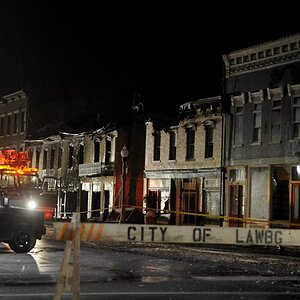
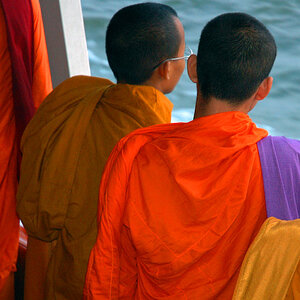
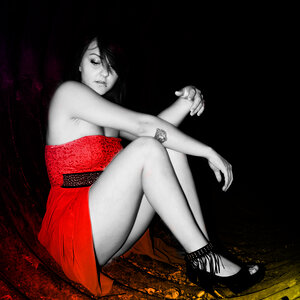
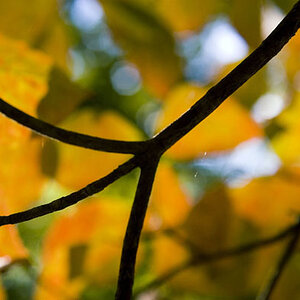
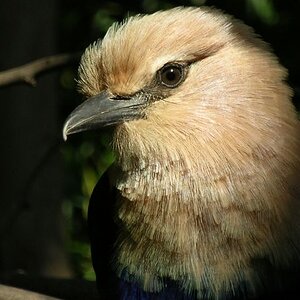
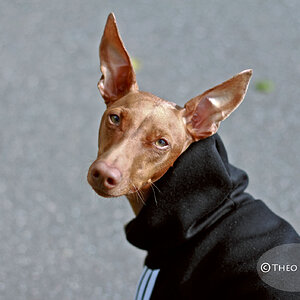
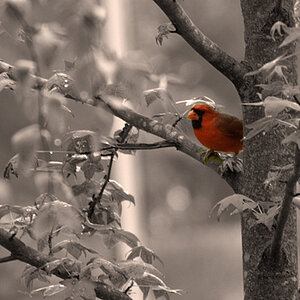
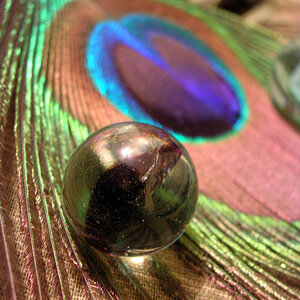
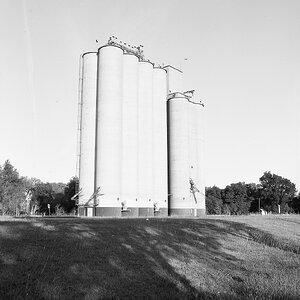
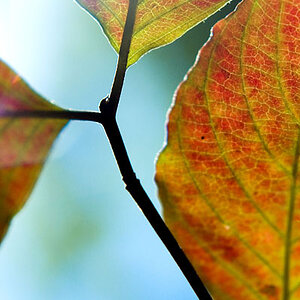
![[No title]](/data/xfmg/thumbnail/35/35666-9f404fab7b896e4ec114160079fa71c6.jpg?1619737090)